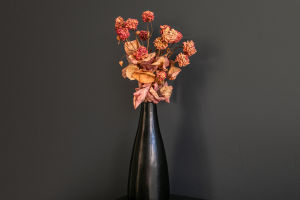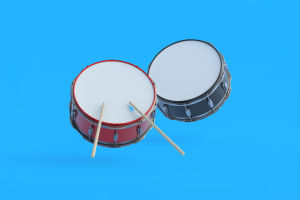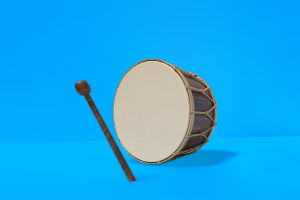Bouquets, as a classic form of gift, have existed in various cultures for centuries.
Whether used as festive decorations or as a medium for expressing emotions, bouquets are beloved for their beauty and symbolic meaning.
This article will explore in detail the composition, symbolism, and modern trends of bouquets.
1. Composition and Types
Bouquets are typically made up of a variety of flowers and greenery, and their combinations not only complement each other visually but also convey specific emotions and messages. Common types of bouquets include:
1.1 Single-flower Bouquets
These bouquets focus on a single type of flower, such as roses, lilies, or tulips. Simple and elegant, single-flower bouquets are ideal for expressing a singular emotion, especially for occasions like Valentine's Day or weddings.
1.2 Mixed-flower Bouquets
Mixed-flower bouquets consist of a variety of flowers, creating a vibrant, layered effect. Common combinations include roses with carnations or tulips with daisies. The mix of flowers not only enhances the visual impact but also conveys multiple emotions and blessings.
1.3 Seasonal Bouquets
Depending on the season, the flowers in a bouquet may vary.
For example, spring often features cherry blossoms, violets, and tulips; summer may include sunflowers and roses; while autumn bouquets typically feature chrysanthemums. These bouquets are closely tied to the changing seasons and carry a natural, seasonal vibe.
2. Symbolism
Bouquets are not only a visual delight, but each flower carries its own unique symbolic meaning. By carefully selecting different types of flowers, a bouquet can convey special emotions. For example:
2.1 Roses
Roses symbolize love and romance. Red roses represent passionate love, while white roses symbolize purity and new beginnings. Roses are often essential in Valentine's Day or wedding bouquets, used to express love and well wishes.
2.2 Tulips
Tulips are symbols of spring, representing perfection and nobility. Different colors of tulips carry different meanings, such as red tulips symbolizing deep love, while yellow tulips represent happiness and friendship.
2.3 Lilies
Lilies are often associated with purity, nobility, and elegance. White lilies represent pure love, while pink lilies symbolize wealth and glory. Lilies are commonly chosen for weddings due to their elegant and symbolic nature.
2.4 Carnations
Carnations symbolize maternal love and warmth, which is why they are often associated with Mother's Day. Different colors of carnations also carry different meanings, with red carnations expressing admiration and love, while white carnations signify gratitude and purity.
3. Modern Trends
In modern society, bouquet design styles have become increasingly diverse. Some popular trends include:
3.1 Minimalist Style
Modern people prefer simple, elegant bouquet designs, with fewer but more refined flower combinations. For example, a single rose or a simple greenery bouquet not only demonstrates taste but also conveys unique emotions.
3.2 Wildflower Style
Bouquets made primarily of natural, wildflowers have also gained popularity in recent years. These bouquets often feature untrimmed flowers, presenting a free-spirited, casual beauty.
3.3 Custom Bouquets
With the rise of personalization, more people are opting for custom bouquets. Tailored to personal preferences, occasions, or special needs, custom bouquets can better express unique emotions and well wishes.
Bouquets are more than just arrangements of flowers and greenery; they carry deep cultural significance and emotional meaning. As time progresses, bouquet design styles and combinations continue to innovate, but the core value of conveying emotions and good wishes remains unchanged.


